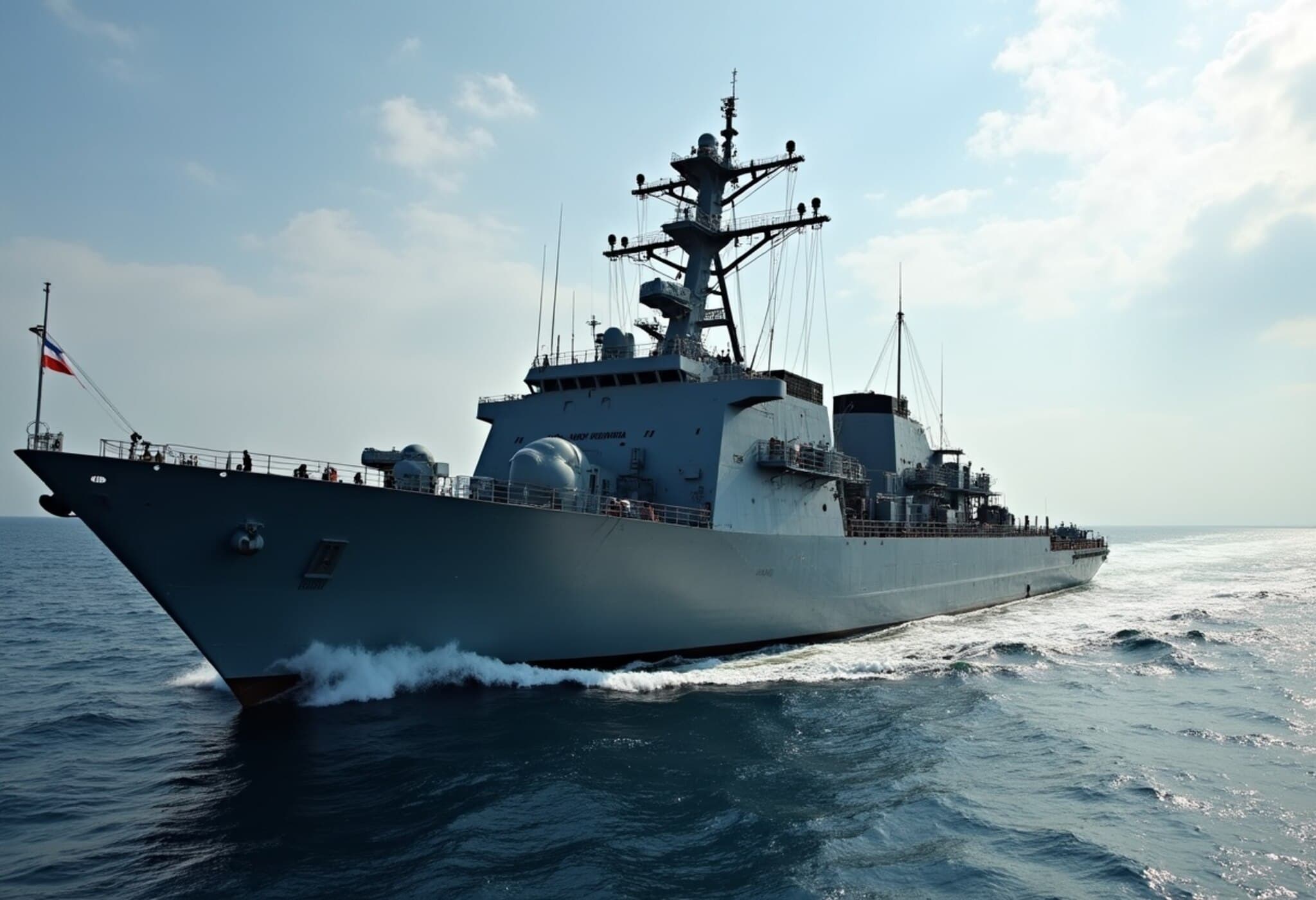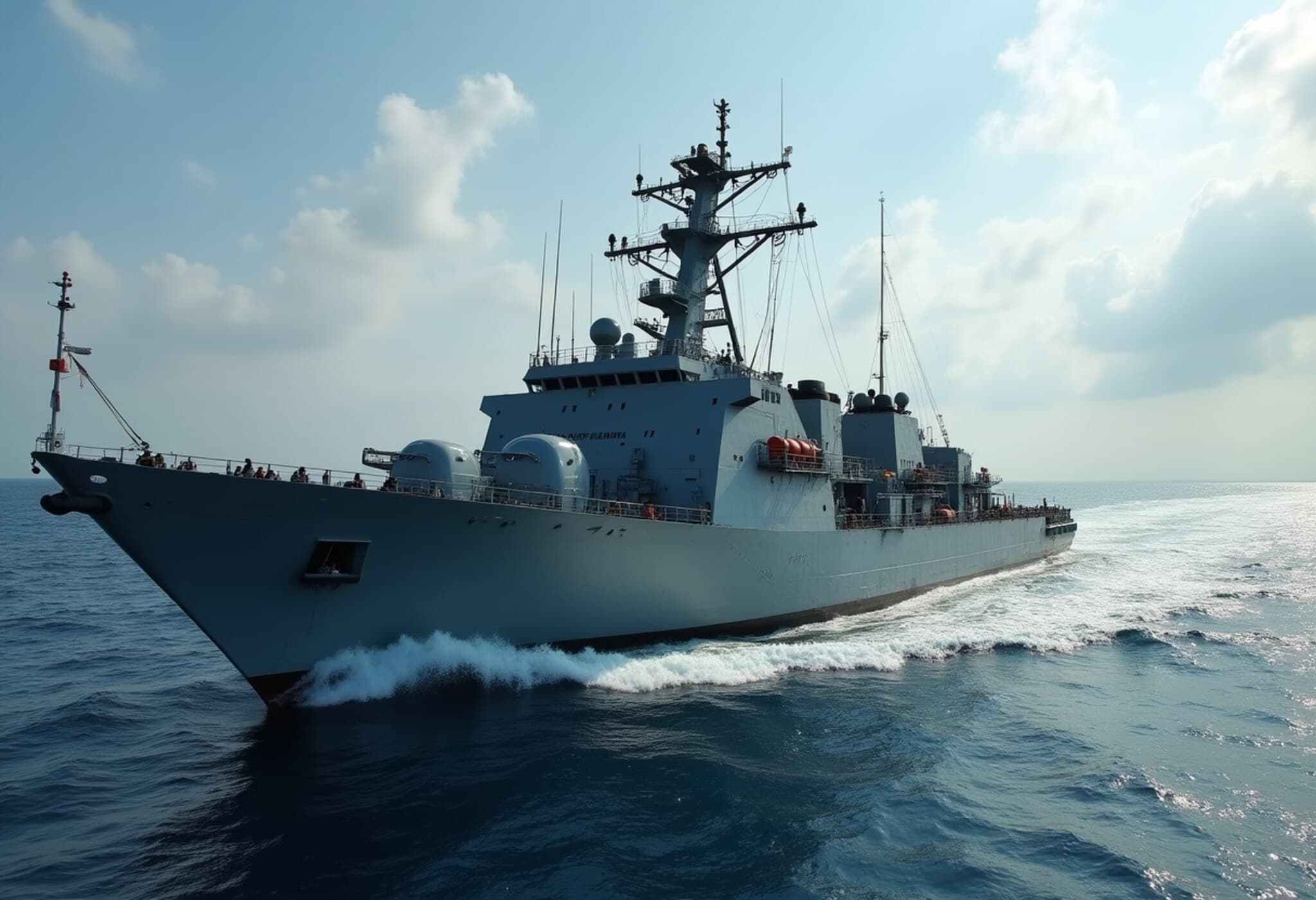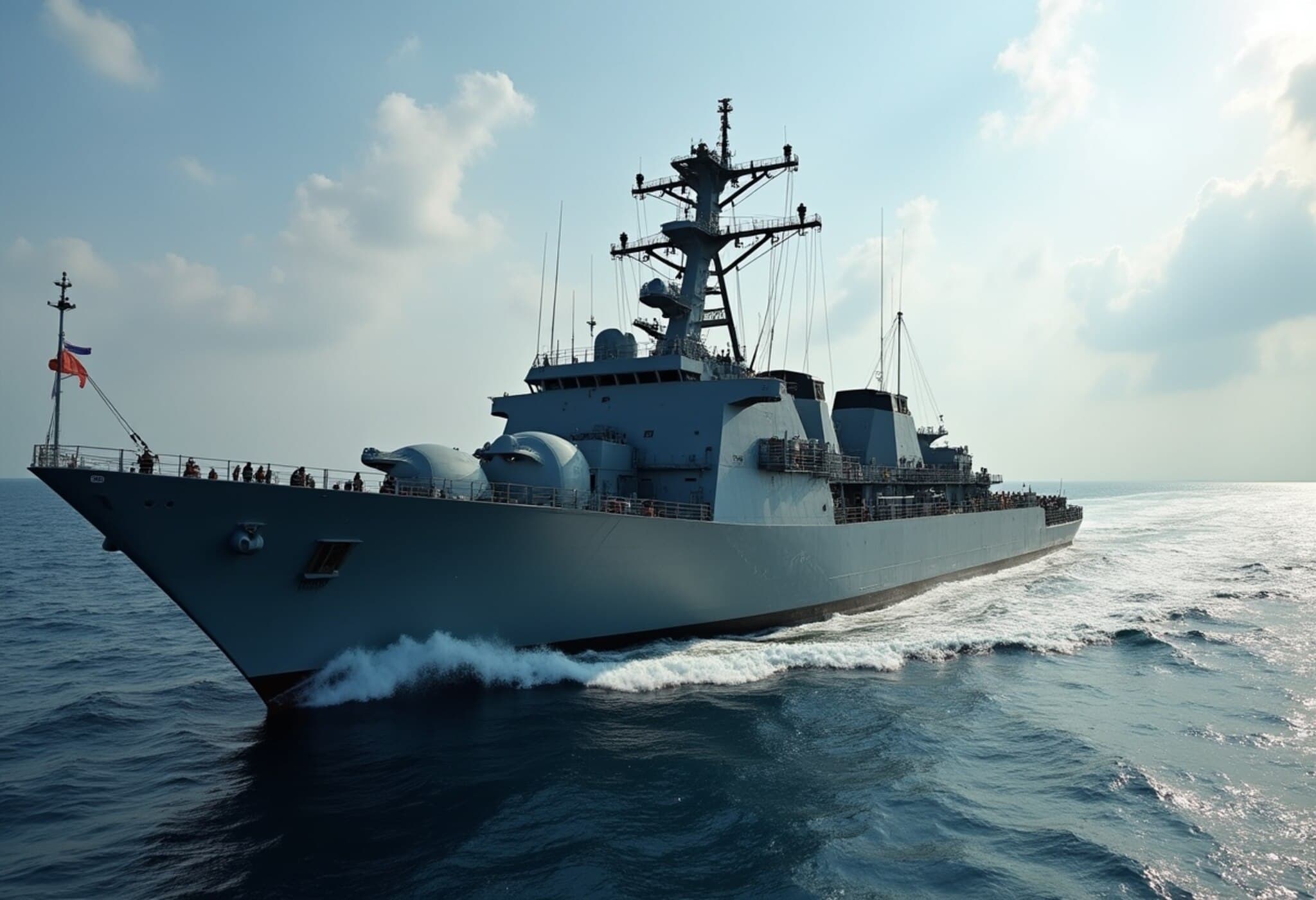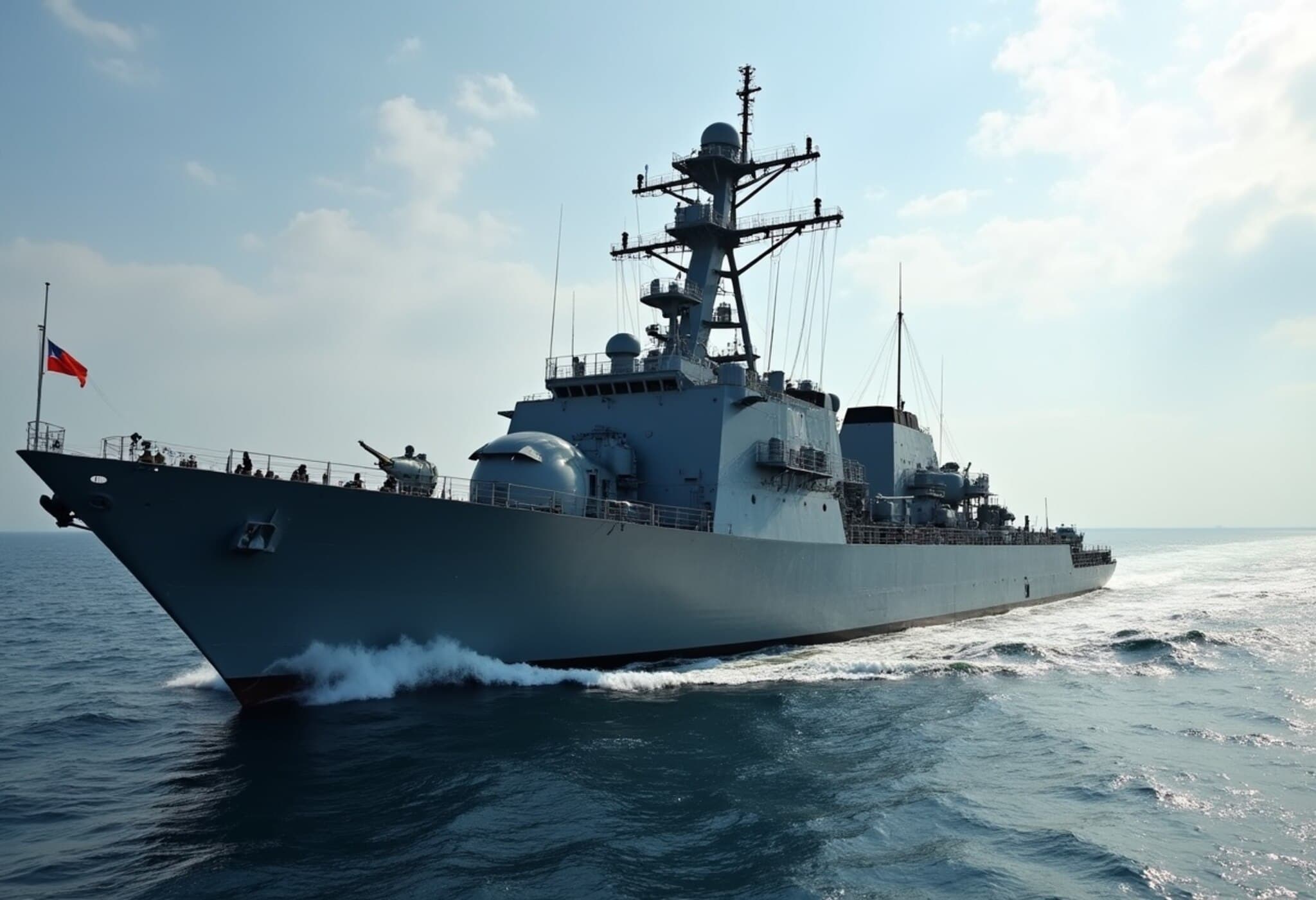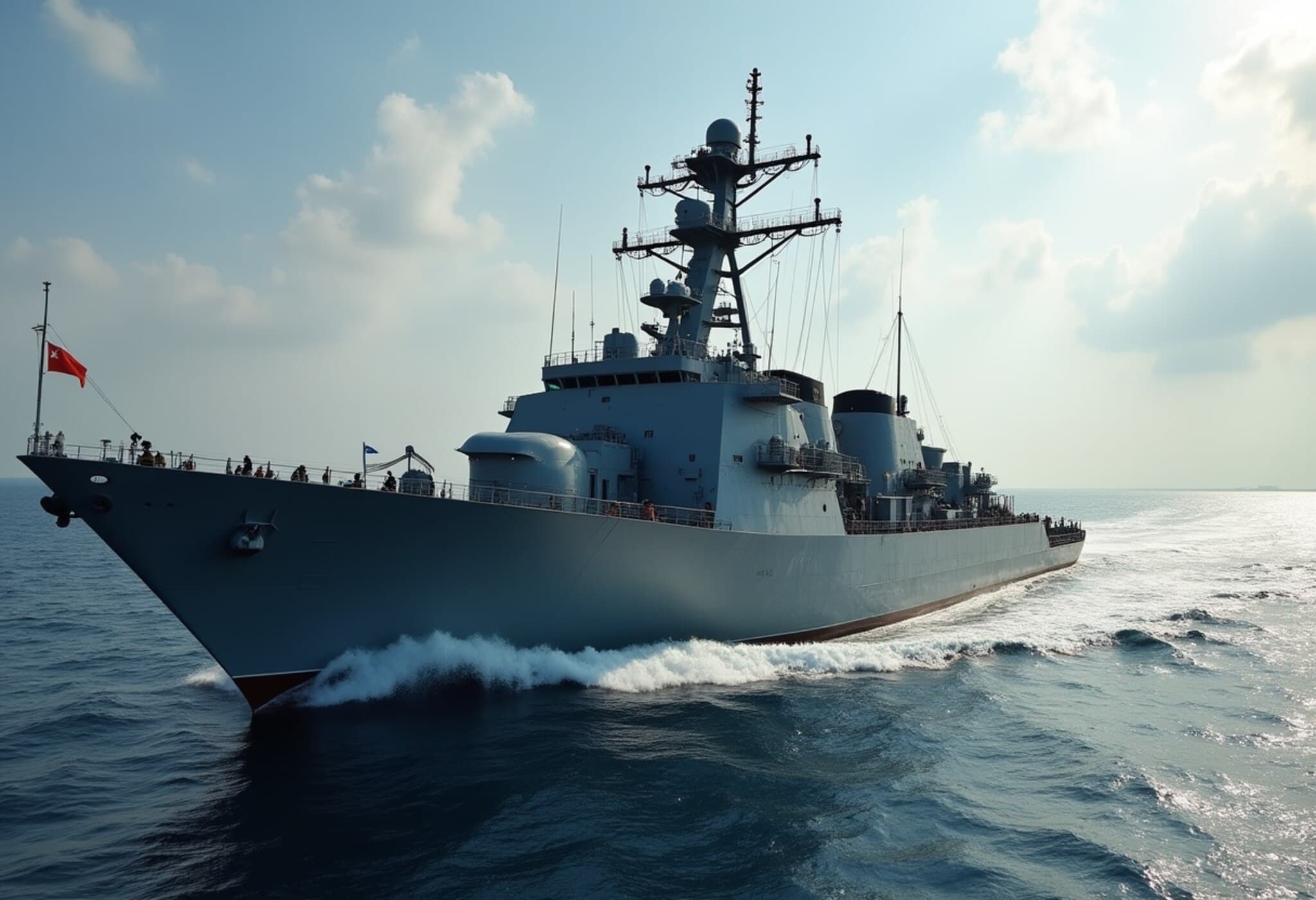US Navy Conducts First Operation Near Scarborough Shoal in Six Years
In a significant escalation of maritime tensions in the South China Sea, China's People’s Liberation Army Navy (PLAN) announced on August 13, 2025, that it had monitored and "drove away" the US destroyer USS Higgins after the vessel sailed near the disputed Scarborough Shoal. This marked the first known US military operation within these contested waters since 2019.
The Incident and Its Immediate Context
The American naval operation came just a day after the Philippines accused Chinese vessels of engaging in "dangerous manoeuvres and unlawful interference" during a supply mission near the atoll. Chinese officials sharply criticized the US action, with the Southern Theatre Command declaring that the USS Higgins had entered Chinese waters without permission and had potentially jeopardized regional peace and stability.
China’s response focused on sovereignty and security concerns, emphasizing a high state of alert over the area. The Chinese coast guard additionally claimed to have taken "necessary measures" to expel Philippine vessels, reportedly leading to a rare collision between two Chinese ships.
US Perspective: Upholding Navigational Rights and International Law
In reply, the US Navy’s Seventh Fleet underscored that the USS Higgins was performing a "freedom of navigation operation"—an activity consistent with international maritime law aimed at challenging excessive territorial claims. The operation reflects a broader American commitment to maintain open lawful use of the seas, particularly in strategic maritime corridors.
The US Navy emphasized: "The United States defends its right to fly, sail and operate wherever international law allows, as the USS Higgins did here. Nothing China says otherwise will deter us."
Geopolitical Stakes: The South China Sea’s Fraught Landscape
The South China Sea remains one of the world’s most volatile flashpoints. China asserts sovereignty over nearly the entire sea, including the Scarborough Shoal, despite competing claims from Brunei, Indonesia, Malaysia, the Philippines, Taiwan, and Vietnam. This disputed maritime zone is not only a hub for biodiversity but also a vital international shipping artery funneling more than $3 trillion in annual trade.
The Scarborough Shoal, in particular, has long been a hotspot of regional disputes. The 2016 ruling by an international arbitral tribunal rejected China’s historical claims; however, Beijing has consistently refused to acknowledge that decision, sustaining a complex legal and diplomatic impasse.
Expert Insight: Legal and Strategic Dimensions
From a legal standpoint, the US freedom of navigation operations serve to contest what it sees as unlawful maritime claims that threaten the principle of free passage under the United Nations Convention on the Law of the Sea (UNCLOS), which China has signed but interprets selectively.
Strategically, the escalation underscores Washington’s intent to reassure Southeast Asian allies like the Philippines, who face increasingly assertive Chinese maritime activities. Analysts warn that constant brinkmanship risks miscalculations that could spiral into wider conflicts, emphasizing the need for clear multilateral mechanisms to manage disputes.
The Underreported Angle: Regional Perspectives and Local Impact
While the focus often remains on US-China rivalry, the daily realities for Filipino fishermen and local communities around the shoal receive less attention. Philippine authorities have accused China of obstructing access to traditional fishing grounds, affecting livelihoods and local economies.
This human dimension adds urgency to resolving disputes in a manner that balances strategic security concerns with the rights and welfare of regional populations.
Looking Forward: Navigating an Unstable Maritime Future
As both Beijing and Washington continue to assert their rights in the South China Sea, regional tensions are unlikely to ease soon. The international community watches closely, aware that calm seas are crucial for not only trade and security but also for preserving a rules-based maritime order.
Increasing diplomatic engagement, confidence-building measures, and adherence to international legal rulings could offer pathways to reducing risks, yet the path remains fraught with geopolitical complexity.
Editor’s Note
The confrontation near Scarborough Shoal epitomizes the high-stakes contest for control in the South China Sea—a region where economic interests, national pride, and international law collide. Readers should consider how such incidents inform broader debates on sovereignty, maritime security, and regional cooperation in Asia-Pacific. How can the US and China manage their rivalry without undermining peace and stability? What role should ASEAN and international bodies play in sustaining lawful use of these vital waters?

